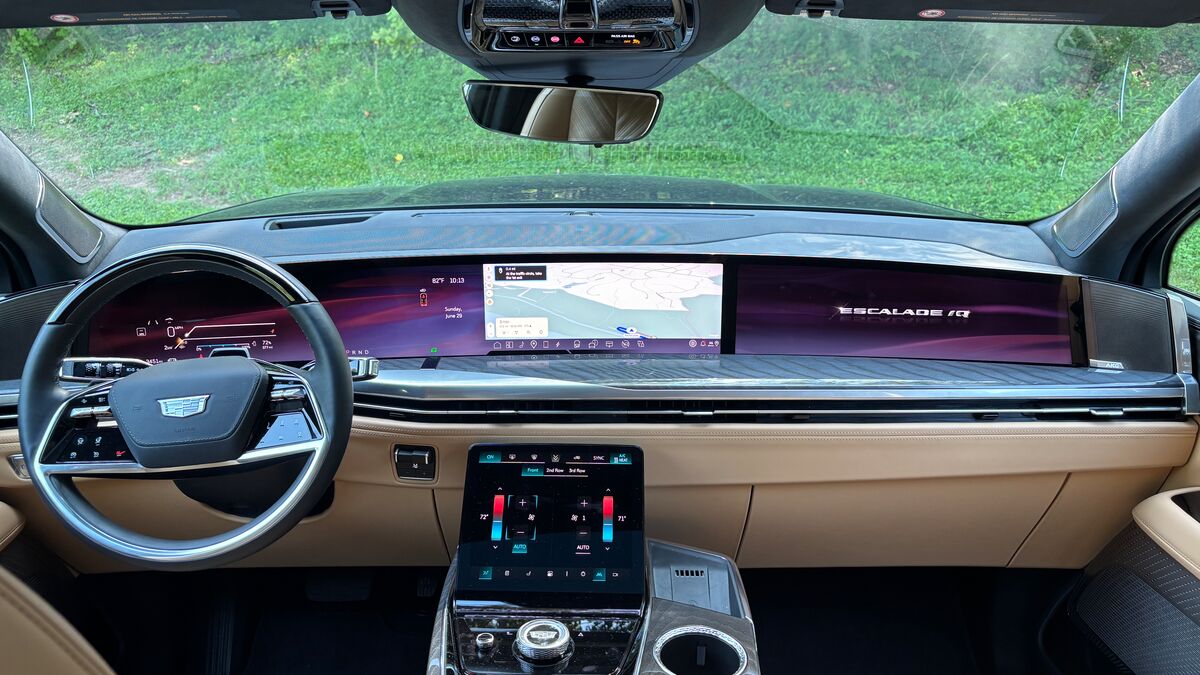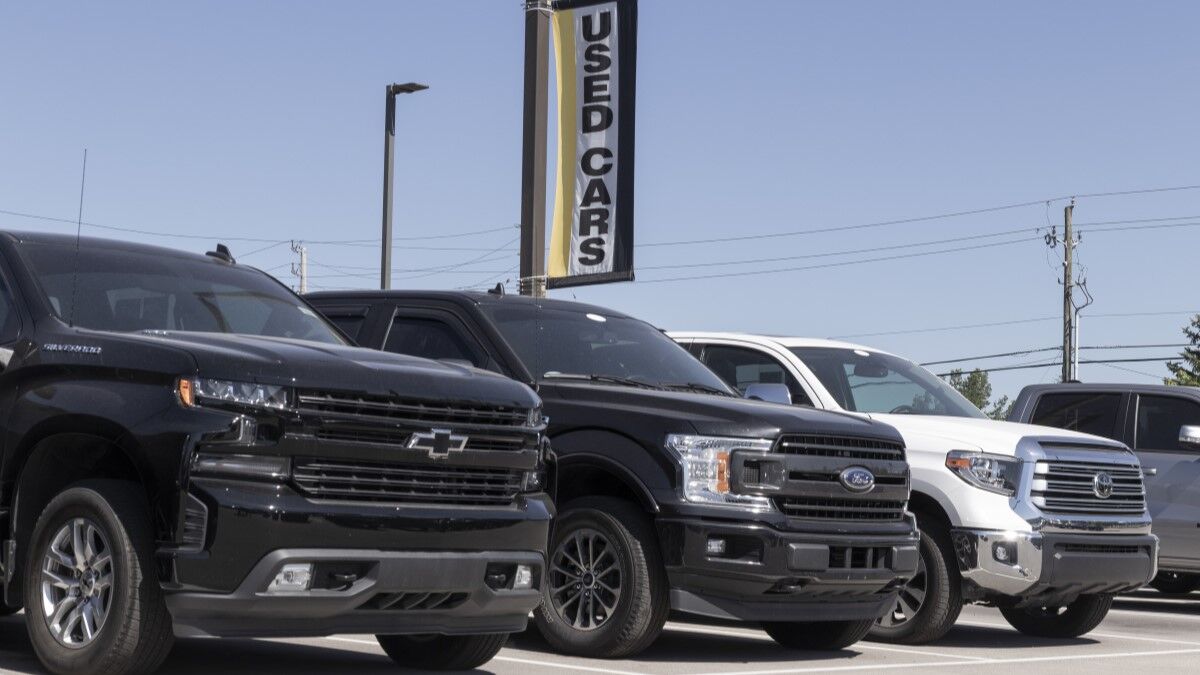
Global auto sales, BloombergNEF says, “will continue their comeback from the pandemic, chip shortage, and other supply chain snarls.” But “it’s becoming clearer that sales of internal combustion vehicles are unlikely to ever return to pre-pandemic levels.”
That means change not just for the auto industry but for the global oil industry. “Forecasts for oil demand issued just a few years ago still assumed steady growth in sales of these vehicles well into the 2030s,” analysts explain.
Adoption Is Exponential
America’s shift to electric cars won’t be linear. It will snowball quickly.
According to Kelley Blue Book parent company Cox Automotive, 3.2% of new cars sold in America in 2021 were electric. In 2022, it was 5.8%.
Laws, Consumer Tastes Changing
Policy is driving some of the change. Six U.S. states have passed laws or regulations banning sales of new gas-powered cars after 2035.
But consumer tastes are also changing.
Studies have suggested that 5% is a crucial tipping point, after which adoption of electric vehicles (EVs) speeds up. Drivers grow more likely to buy an EV themselves when they start to see them in their neighborhoods. That has begun to happen in many states.
A 2022 Consumer Reports survey found that more than a third of car shoppers said they would consider an EV for their next car. Our research shows that twice as many buyers consider a hybrid as an EV in the current market.
But EVs could reach price parity with electric cars within just a few years, which will remove one major hurdle that holds back some potential buyers.
In 2017, BloombergNEF says, the global auto industry sold 86 million internal-combustion-powered cars. By 2022, those sales were “down almost 20% from the peak, to 69 million, and plug-in vehicles jumped to 10.4 million.”







